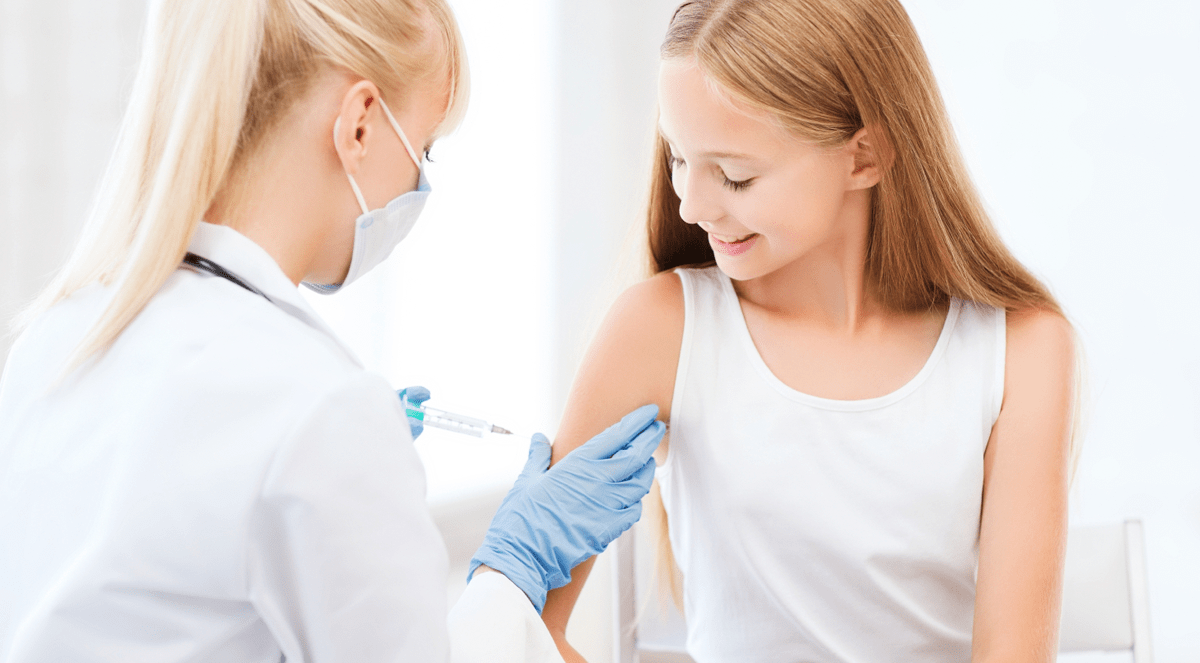Human papillomavirus (HPV) vaccination among adolescents aged 11 or 12 has been shown to be effective and is recommended as a routine primary prevention strategy to reduce many HPV-related cancers. However, data indicate that HPV vaccination coverage is low for adolescents.
Examining Coverage
To better understand HPV vaccination coverage rates in the United States, the CDC partnered with the National Committee on Quality Assurance (NCQA) to evaluate the rate of vaccination among more than 626,000 girls at age 13 who were enrolled in commercial health insurance plans or Medicaid in. “NCQA’s Healthcare Effectiveness Data and Information Set (HEDIS) houses data on performance measures for important healthcare issues that are reported by health insurance plans,” explains Shannon Stokley, MPH. “The HEDIS HPV Vaccine for Female Adolescents performance measure evaluates how many members of a given health plan have received the complete, three-dose HPV vaccination series by the age of 13.”
Stokley and colleagues found that although health plan performance on HPV coverage varied by plan type, overall performance was low. Commercial plans provided all three doses of the HPV vaccine to a median of 12% of adolescent girls by age 13, with rates ranging from 0% to 34%. The authors observed little difference in performance by plan size, and the highest-performing plans were health maintenance organizations. Although Medicaid plans reported a significantly higher rate of coverage, these plans provide all three doses of the vaccine to only 19% of girls by age 13, with coverage ranging from 5% to 52% among the various plans.
Next Steps
“Other reports have shown that vaccination coverage rates for the tetanus, diphtheria, and pertussis vaccine and the meningococcal vaccine, for example, are high,” says Stokley. “We believe that coverage for the HPV vaccine continues to be low because of missed opportunities, among other factors. Studies have shown that a physician’s recommendation is an important factor in parents’ decisions about which vaccines to get for their children. Healthcare providers are urged to recommend the HPV vaccine whenever they recommend other vaccines. They should take advantage of every opportunity when adolescents present in their office to discuss HPV vaccination status and administer vaccinations if they’re needed.”
Clinicians can also use electronic health records of their state’s immunization registry to view a patient’s HPV vaccination status and determine if vaccines should be discussed prior to a scheduled visit. “Reminders can also be sent to patients or their parents to inform them when an HPV vaccination is due or has been missed,” says Stokley. “Because the HPV vaccine series consists of three doses, it’s important that an appointment for the following dose be made before patients leave the office after receiving the first or second dose.”
Future research assessing the barriers and attitudes of clinicians, adolescents, and their parents that might contribute to low vaccination coverage may improve compliance with the recommendations, according to Stokley and colleagues. A greater understanding of what health plans can do to support HPV vaccination is also needed. “We want to make sure adolescents are protected from this cancer-causing virus long before they ever come in contact with it,” Stokley says.



 PWeekly
PWeekly